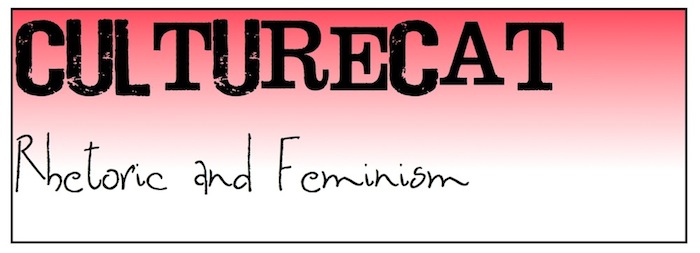Libraries and Rights Clearance
The white paper also takes up the copyright issues associated with libraries and archives. Fisher and McGeveran identify statutory and actual damages as problems faced by libraries. It costs nearly one million dollars to defend a copyright case, and that cost may only cover the statutory damages, meaning the work involved to detect copyright infringement. Actual damages may be higher. Additionally, the copyright holder might seek a trial by jury – which may result in more money being awarded in damages – instead of a hearing before a judge. The prohibitive cost of copyright infringement lawsuits has several consequences for libraries and universities, not to mention the collections of archives online that function as libraries but are not recognized as such: Educators often ask for licenses, or permission to use content, even when it is not legally necessary because their use would be protected under fair use. Because universities do not want to risk lawsuits (a risk aversion that Fisher and McGeveran feel may be unwarranted by actual lawsuit occurrence), they are “overly cautious” (85). They sink time and labor into a cumbersome rights clearance process to find that content industries don’t have any incentive to provide differential licensing of content for the benefit of educational institutions, teachers, and most important of all, students. They use closed content management systems for courseware, such as Blackboard and WebCT, instead of open access courseware. They institute and abide by university photocopying policies that are more stringent than the 1976 Guidelines for Classroom Copying. In other words, the law is actually more lenient than the universities.
The rights clearance process is made even more difficult by digital technology. For the Copyright Clearance Center and other intermediaries, there is a different process for making thirty copies of a print article and making a digital copy available on an intranet site for 30 days (80). Also, intermediaries may not have access to “the 'long tail' of content, including much specialized academic material” (81). Permission costs, or royalties, can be costly, as anyone who has created a course pack for a composition course knows, but most rightsholders still do not see education as an important market or source of revenue. Thus, they don't offer discounts, or reduced royalty fees, especially for digital content. Fisher and McGeveran argue that “many rightsholders are unsure about digital distribution formats, and their uncertainty translates into higher fees” (84). In the end, Fisher and McGeveran recommend a broadening of the definition of libraries and archives, so that “untraditional noncommercial entities and 'virtual' collections available online” may also be protected by the libraries and archives exceptions to copyright law. They also argue that the libraries and archives exceptions could be revised, particularly in light of digital technology, to address the “number of copies” limitation (94).” Fisher and McGeveran suggest two other measures to make the rights clearance process less arduous. First, they recommend the creation of a technological tool that would help to figure out whether or not permission to use the work is necessary. If it turned out that permission was needed, the software would search for licenses the institution has already secured and currently uses, such as blanket licenses and library consortia agreements, and it would search for similar material that was already cleared – Creative Commons licensed material, for example. Second, they recommend that universities and K-12 teachers get together and come up with a list of best practices – for figuring out whether something is fair use or not, for licensing negotiations, and deployment of DRM systems – all of these with specific illustrative cases that model the best practices.
- Login to post comments


